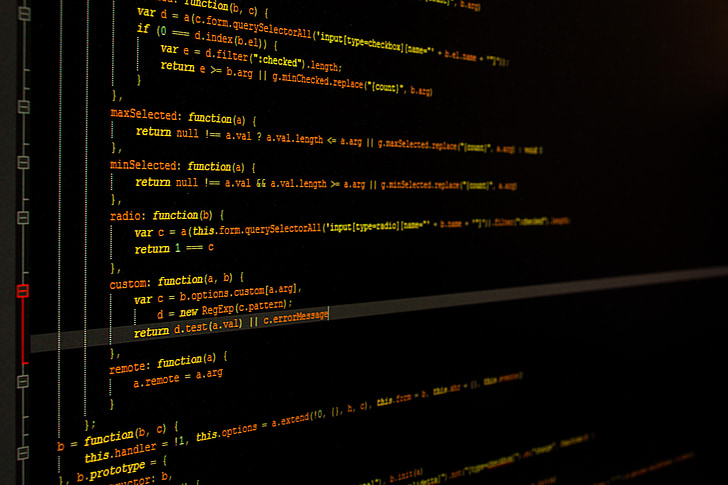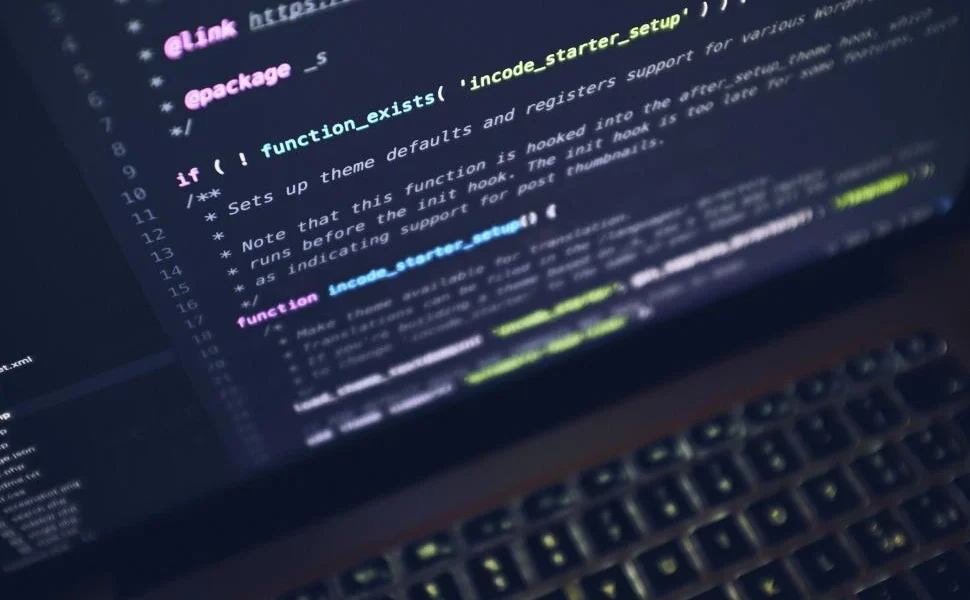In the past few years, artificial intelligence has been one of the newest developments making waves in the tech world. Among the intriguing aspects of this recent advancement is the great interest generated by “Crush On AI Codes.” This term, however, has an overly simplistic definition: Crush On AI Codes denotes the fascination, the deep admiration, or even the questionable obsession that many individuals are developing toward all things AI programming and technology. As AI impacts various industries, interest is growing in how these systems are built, how they learn, and how they undertake new problem-solving methodologies.
This article will explore why people are developing a “crush” on AI codes, how developers program AI, and what makes it so cool to both novice and seasoned tech lovers. We will attempt to answer some common questions that will help to enlighten the reader about everyday uses of AI codes.
What Does “Crush On AI Codes” Mean?
“Crush On AI Codes”—indeed! It catapults one into the passion those people have for artificial intelligence and machine learning. For some, it is mere sweet admiration for how the algorithms of AI themselves are so pretty and how they function. Some view it as excitement going through the different things that AI might do in the future, such as self-driving cars or chatty assistants like Siri or Alexa.
People who say they are “crushed” by AI codes often refer to how they are amazed by the complexity and possibilities AI systems offer. Developers write lines of programming instructions that power these systems, enabling AI to learn from data, make predictions, and perform tasks without explicit programming. As for some people, the idea of getting to create an intelligent system that can think and solve problems is just way too exciting to ignore.

The Fascination with AI Programming
So what is it that fascinates people the most about such AI programming, or in other words, “AI codes”? Here are a few key reasons.
- Complexity and Challenge: AI programming demands a thorough knowledge of algorithms, data structures, and mathematics, and for many individuals, it is akin to solving a puzzle. Creating constructs that sometimes resemble human intelligence is an enjoyable challenge, albeit gratifying at the same time. This intricacy of AI codes is particularly the highlight for those who love to solve problems and tighten their technical muscle handles.
- Bearing on Invention and Change: AI shall be able to revolutionize a lot of dimensions of human life, from healthcare and education to entertainment and business. Nowadays, such innovations generate much heat for the many people who seek to learn how AI works and how they can contribute to its development. The thinking that they are coming up with something that could change the entire world is an exciting concept to any technology enthusiast.
- Through Learning and Development: AI is one of the greatest and widest worlds across the universe, which also keeps changing daily. AI programming will never cease to offer opportunities to learn more tools and concepts for those budding learners. Whether being a novice or experienced software engineer, there is always something for all in newfound building secrets known as AI Worlds.
- Making a Difference: AI can solve huge things like climate change and medical research problems within a few years. The concept that AI could help address the world’s greatest challenges is indeed enticing. For people dedicated to positive changes, interaction with AI codes offers a magnificent opportunity to be part of something much more significant than oneself.
How AI Codes Work?
Artificial code, or artificial intelligence code, is the code that helps machines to learn, process different datasets, and decide. Here are the fundamentals of how AI works:
- Data Collection: The most important aspect to learn for AI is to give the data; the first important step is collecting data where the AI will learn. This data may consist of images and texts, numbers, or even sensor data.
- Creating Algorithms: Once the data is collected, developers write algorithms to help the AI analyze that data. An algorithm is, in fact, a set of rules or instructions regarding how the AI should process and understand the data. For instance, such algorithms teach the AI to find certain patterns related to the images, whether it might be detecting a cat in the picture or not.
- Train the Model: When the algorithm is ready, developers train the AI with that data. This means you have to send loads of different examples so that it learns from them. This may mean around thousands of picture images to be provided to AI to teach it pretty much what two-thirds of an average cat bear.
- Testing and Improvement: Now after the training is complete, there’s a series of tests that the AI has to go through with testing and checking everything. If the performance of the system is not as desired, designers can change their models or further apply the algorithm and, if not successful, collect fresh data again.
- Deployment: Putting the AI to work in real life, a recommendation engine, the generation of content, or even making real-time decisions, like in self-driving cars, is becoming a reality on actual deployment upon completion of testing and refinement.
Why People “Crush On” AI Codes?
Here are a few fascinating ideas. The idea of creating a system that can learn from data and make decisions on its own is indeed fascinating.
- Course of Action IV: AI is not simply devised as a mimicry of human intelligence, but it tries to emulate and act as close to human intelligent behavior as possible, thereby understanding cognitive features such as learning, problem-solving, and decision-making. This is the very reason for AI to be quite amusing and enjoy inspiring a lot of techies.
- Creativity in Artificial Intelligence: AI needs programming in logic and mathematics, but it also has a lot of things to do with creativity. Developers have to think outside the box quite often to invent new ways to approach problems and to design complex algorithms. Thus, the balance of technical skills with creativity is one of the reasons artificial intelligence programming feels so exciting to most people.
- The Futurist AI: According to the current trends of emerging AI technology, many more such infinite possibilities lie in the future. Those strongly tied to what happens in AI programming feel they are at the forefront of technology development, visualizing the future in ways that can change society.
- Lifelong Learning: AI is an old and ever-greening field. New technologies, frameworks, and programming languages are starting every now and then; hence, it is a great opportunity for developers and AI enthusiasts to learn and grow continuously by staying updated with the latest advances.
Conclusion
The latest craze about “Crush On AI Codes” that one could imagine is essentially an insight into the rising interest in artificial intelligence and its expected concrete realization. AI presents prospects and challenges that stimulate programmers in various disciplines interested in the technology, including every possible simulation of human intelligence and every conceivable application in different business sectors. Be it a basic user or a good AI coder, AI is one field among the many through which one can have a greater degree of excitement and contribution to cultures and traditions within this fast-growing industry.

Read Also : Codes Etruesports Explained: Boosting Engagement in Esports
FAQs About AI Codes
A: Among the top languages for AI development are Python, R, Java, and C++. Out of which, it is extraordinarily popular for its uncomplicatedness and the plethora of friendly libraries like TensorFlow and PyTorch into which a developer can tap to build an easier AI model.
A: Yes, he has a strong mathematical understanding, especially in linear algebra, calculus, and statistics, necessary for programming in AI. This allows a software engineer to create a better understanding of algorithms as well as data representation and manipulation.
A: Certainly! A technical background can really help, but there are plenty of resources available for beginners. You have all these online courses, tutorials, and books aimed at teaching the fundamentals of AI programming, with no prior experience required.
A: AI software is already affecting our lives in so many areas. Virtual assistants like Siri and Alexa are powered by AI, which enhances search engine results, improves recommendations on social media, and is used in healthcare, finance, and transport. With the development of AI will come the increase in its prominence.





